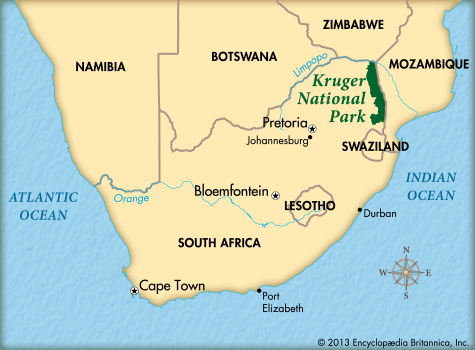Everyone Dreams of Going on an African Safari
And those dreams can come true at Kruger National Park! Home to many different species, taking a trip to Kruger National Park can give you the adventure of a lifetime. There are many safari packages to choose from so you can finally get your perfect getaway. You can schedule guided tours or choose to venture off on your own, either on foot or by car. Plus, the park is much cheaper and more interactive than luxury safari parks. Kruger National Park brings in over one million visitors per year, and rightfully so! Home to the big 5 (lion, leopard, elephant, buffalo, rhinoceros), there is always something to look out for and it can be breathtaking to see these animals in their natural habitats. Explore this website to learn more about the wildlife inside the park and the factors that affect them! But before you dive in, click here to take a look at the Table of Contents!
For more information on safari packages offered at the park, please visit: http://www.krugerpark.co.za/
How Would You Describe the Park's Environment?
 The Green Regions on the Map Indicate Savanna Biomes (2)
The Green Regions on the Map Indicate Savanna Biomes (2)
Kruger National Park can be classified as a savanna biome. A biome is the largest ecological unit and is described by climatic and soil conditions. A savanna specifically has a tropical/subtropical grassland landscape. Savannas often occur as transitional ecosystems between rain forests and deserts. Savannas do not get enough rain to support forests, but they get more rain than deserts. The rainfall that does occur on savannas is seasonal and the animals usually respond to the seasonality. Kruger National Park is very large and it supports many overlapping ecosystems. An ecosystem is a major interacting system that includes organisms and their nonliving environment. The major focus of this website will be on terrestrial mammals and their interactions with one another inside the ecosystem.
Photo Sources:
(1) - http://kids.britannica.com/elementary/art-183828/Kruger-National-Park-is-located-in-northeastern-South-Africa
(2) - http://www.ducksters.com/science/ecosystems/savanna_biome.php
(1) - http://kids.britannica.com/elementary/art-183828/Kruger-National-Park-is-located-in-northeastern-South-Africa
(2) - http://www.ducksters.com/science/ecosystems/savanna_biome.php

